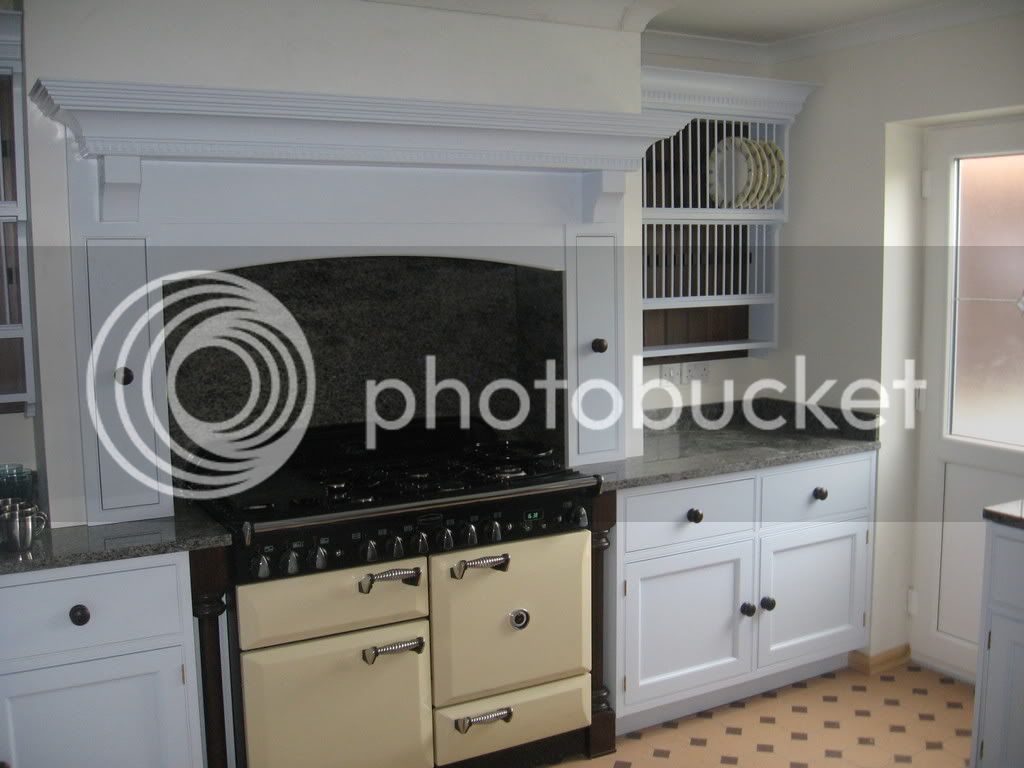dchallender
Established Member
I've been reading a lot lately about face frames on solid wood kitchen cupboards being made from tulip wood, I can't say I have used it before but is this the right material for a painted kitchen for instance?
Also is it expensive? and being based in deepest darkest Lancashire where would I get hold of some?
Hope you can help because after some research I still only have a rudimentary knowledge on this
Thanks in advance
Darren
Also is it expensive? and being based in deepest darkest Lancashire where would I get hold of some?
Hope you can help because after some research I still only have a rudimentary knowledge on this
Thanks in advance
Darren






